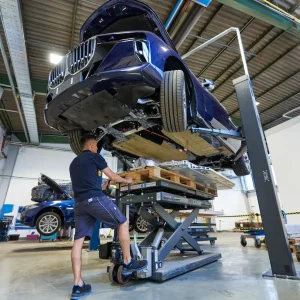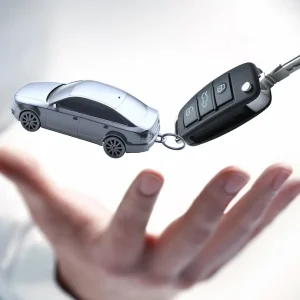With the start of the new tax year looming, now is a good time to take a close look at some of the Chancellor’s Budget, particularly the bit about capital allowances.
I am sure it comes as no surprise that the overwhelming message from the Budget was: reduce your fleet CO2 emissions. And, in order to achieve that objective, the tax man is going to hit you where it hurts – in the corporate wallet.
In a week when the SMMT was congratulating itself on achieving an average 164.9g/km of CO2 from new car registrations in 2007 (the business car average was 164.2), the Chancellor clearly laid out two new targets, one at 130g/km and a higher one at 160g/km.
The first general point of interest is that, in setting these levels, he put Britain in step with more general pan-European targets.
For instance, the French government introduced a carbon-based purchase tax on new cars from the start of this year, with tax credits for cars emitting less than 130g/km and tax penalties for those above 160g/km.
The second point is that the new capital allowances regime, based on CO2 bands above and below 160g/km, will make a significant difference to the business cost of running a fleet. While the calculations are complex, the strategic outcome is clear.
“Cars emitting more than 160g/km will become more expensive for the company to buy (or lease) in tax terms,” explains Alison Chapman of Deloitte. “This means that tax must be brought into the whole-life cost of these cars otherwise proper judgements can’t be made on the cars that should go in the fleet.”
There are two main changes. The 20% and 10% rates are both lower than the current rate of 25%, and cars will be pooled with other assets, which means there is no balancing allowance when the car is sold.
So, whereas in the past, the full depreciation of the car could be claimed against tax over its business use (say, three years), from April 2009, businesses could be claiming remaining allowances for years after the car is sold.
“When you model this, taking account of the time value of money, the effect is significant,” warns Chapman.
And, the effect of the 160g/km band is huge. Based on a £20,000 business car with a 30% residual value after three years, a company can claim £8560 on a sub-160g/km vehicle but only £4820 on a car with emissions over that point.
That equates to 61.1% of the actual depreciation for the lower band car but only 34.4% for the higher band car.
What’s more, cars with lower depreciation (say a 45% RV) will perform considerably better (in tax terms) than cars with high depreciation, whereas in the past the balancing allowance meant they were treated equally after three years.





